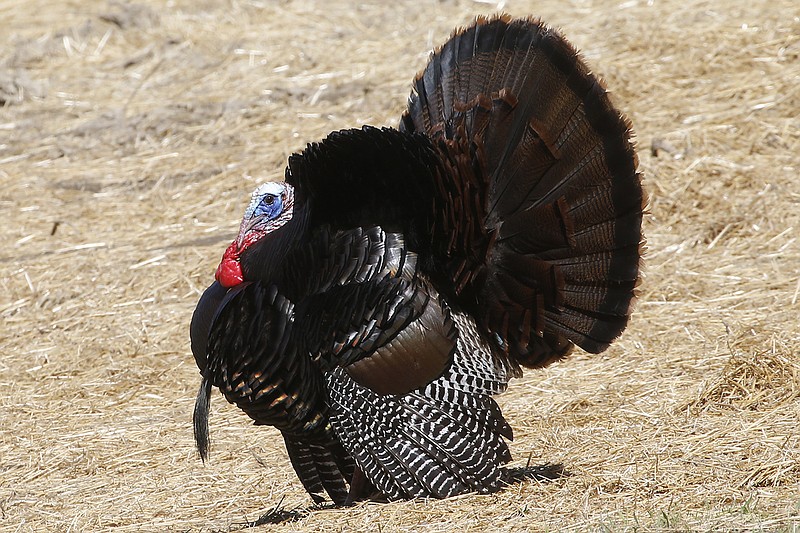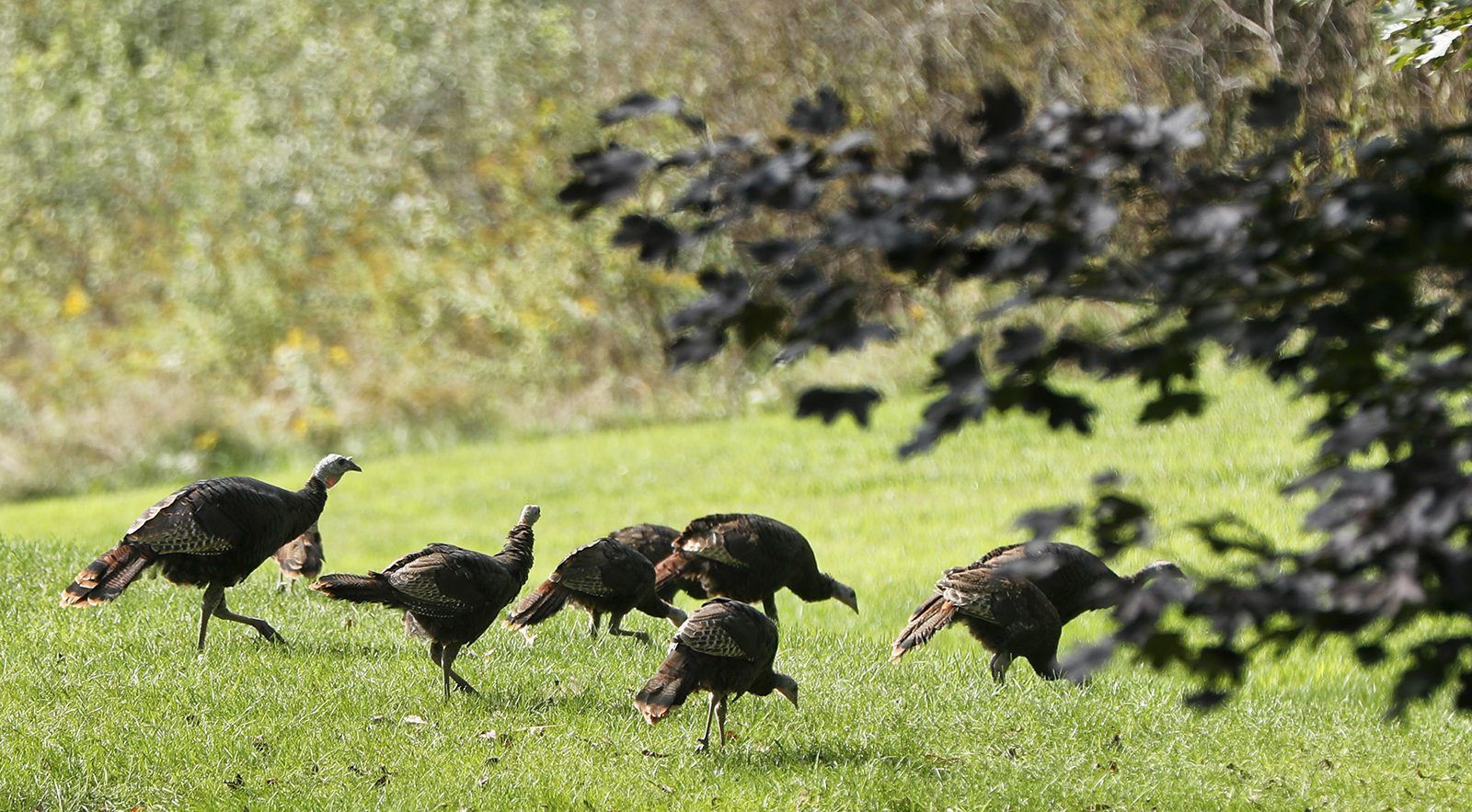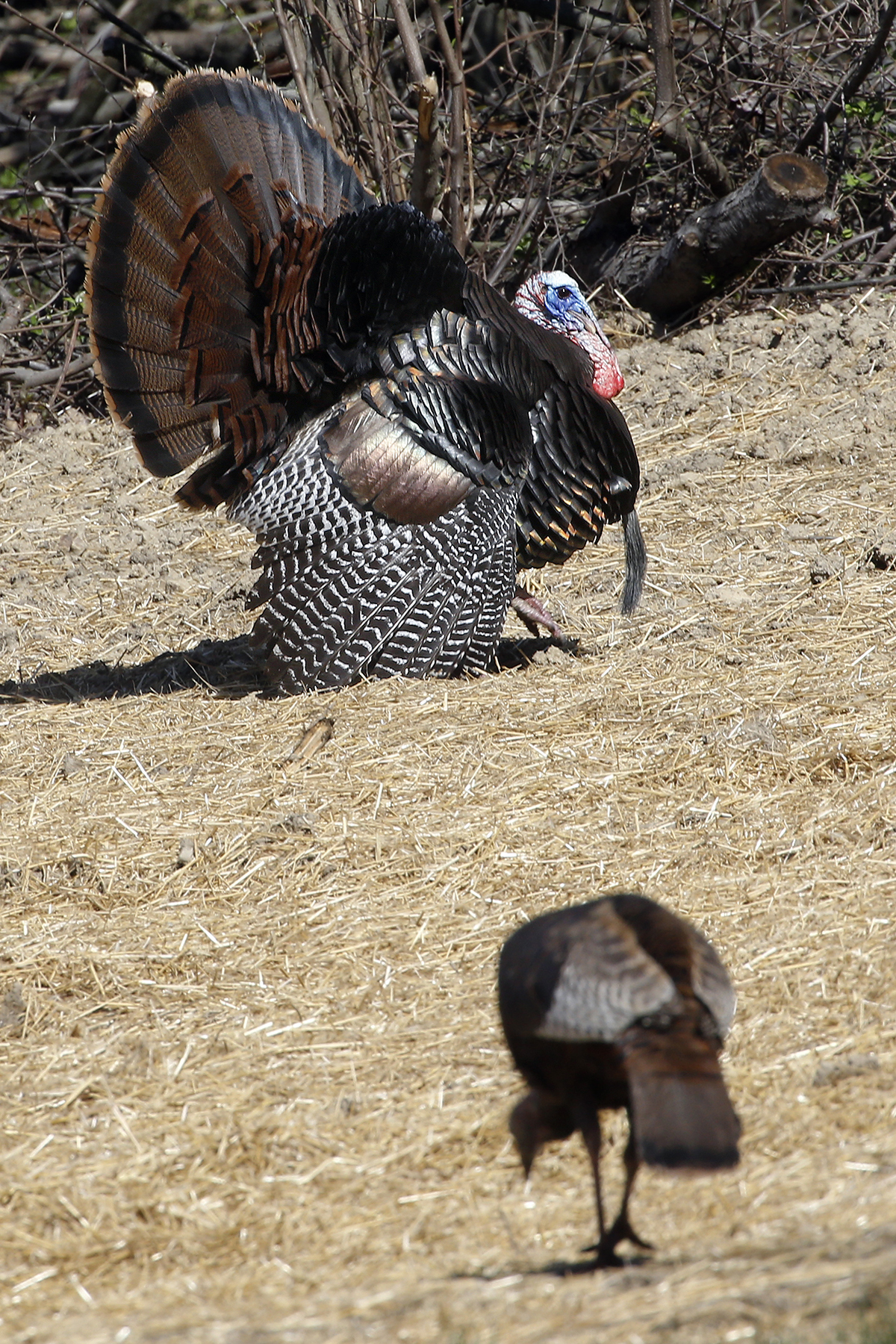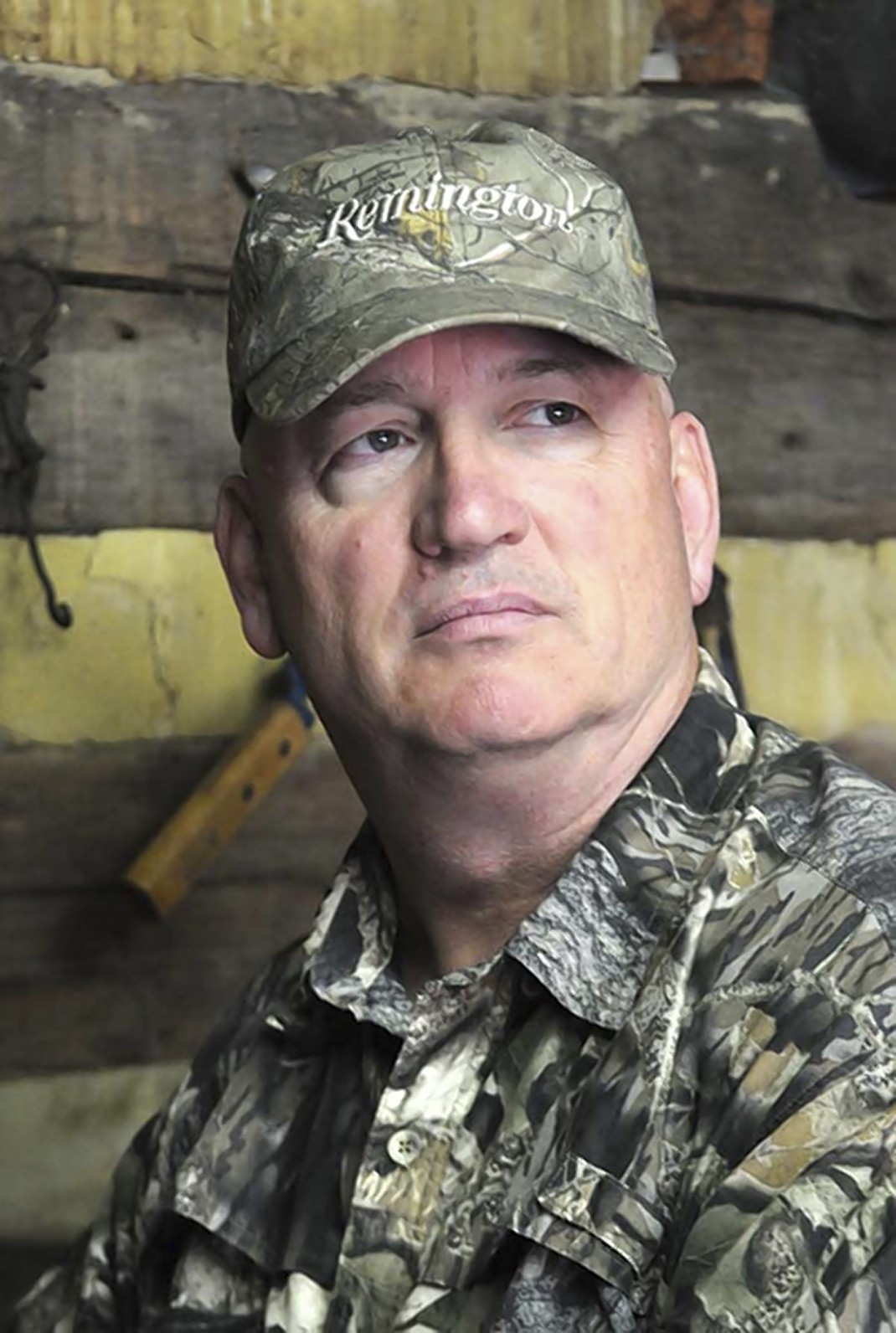Turkey hunters are a hardy lot. During this crazy time we are living in, turkey hunters across the country are either already hunting or preparing to do so. Many (including me) will probably justify long stays in remote places as their own form of social distancing. In fact, some of the old curmudgeon turkey hunters I have known would tell you they have been social distancing for the past 40 to 50 years.
Turkey hunters are like that. They tend to be different from deer or upland bird hunters. To them, turkey hunting is not a social or group endeavor; more is definitely not the merrier, though there are exceptions.
The desire for solitude is in their DNA. I think it all stems from a couple of things. One factor is the very nature of turkey hunting, especially in the spring, when the hunter is trying to engage and entice a wary old gobbler into a close encounter. The other comes from the days when, as the older hunters remember, turkeys were nowhere near to be found in the numbers they are today. True turkey hunters guarded the location of a gobbling bird with the same secrecy as Granddad's moonshine still.
Another aspect turkey hunters can be absolutely obsessive about is exactly how to hunt turkeys. Every little aspect of the hunt is important to many turkey hunters: locating birds, calling to them, how to sit when calling, where to sit, how to position your gun, when to move, when not to move - the list goes on and on. All of this can be very intimidating to new hunters looking at joining the ranks of the Tenth Legion. (Your education as a turkey hunter will not be complete until you read Tom Kelley's iconic book "Tenth Legion.")
All of this talk about how turkey hunters operate leads me to this discussion. A new day dawned in the turkey hunting world when shotgun shells loaded with pellets made from a metal known as tungsten became available commercially to hunters. Someone, it's not clear who, named it Tungsten Super Shot, and the world has never been the same. Because of its density and hardness, tungsten makes a shotgun pellet far superior to lead. The tungsten pellets will carry a greater distance and will hit and penetrate (terminal performance) much more than pellets made from plain lead.
And it gets better. Again, because of its properties, tungsten can be loaded in a much smaller shot size than lead. Those who study these things tell us that a No. 9 size pellet made of tungsten is equal to a much larger size No. 5 pellet made of lead. So what, you may say. Well, what this difference in shot size gets you is the ability to load much greater numbers of pellets in a shell. A three-inch magnum shell that most turkey hunters use, if loaded with No. 9 shot, will have more than twice as much shot as one loaded with No. 5. This aspect, along with the increased yardages hunters may now take turkeys with TSS shot, leads me to think about where we are in the turkey hunting world.
Before TSS moved the yardage bar, there was a simpler time when it seemed more turkey hunters concentrated on calling gobblers and getting them in close, rather than just shooting turkeys at most any distance. The setting up on a turkey, the calling and the mastering the art of sitting still was the focus of the hunt. Fooling an old gobbler on his home court by enticing him into almost handshaking distance was how you won your spurs as a turkey hunter.
Time was when the 35-yard line might be the limit for most turkey hunters. Past that, you would let him walk and try hard to get him to cross that line. Today many hunters sniff at this distance and will tell you that 60 yards has become the new 40 in turkey hunting ranges. To make things worse - or better, depending on how you see things - lots of turkey chasers out there will tell you they can kill far beyond the 60-yard mark with TSS.
Is that good? Is it bad? I don't know, you tell me.
Now folks, please understand I am not being a hypocrite here. I have used TSS shells, and I have killed turkeys with them. As you will recall, I see part of my job here is to give you something to discuss (or fight about) at the barbershop and hunting camp. Whether you use TSS turkey loads or not is entirely up to you, and so is your personal yardage limit.
Most of you out there will be turkey hunting soon, and some of you already are. How you do it is up to you. If you want to see an expanded discussion of this topic, take a look at a piece I did for the web site Shoot-On.com. It will give you lots to think about.
Hunt your turkeys safely and ethically. I have every faith that you turkey hunters will continue your traditional social distancing.
"The Trail Less Traveled" is written by Larry Case, who lives in Fayette County, W.Va. You can write to him at larryocase3@gmail.com.



